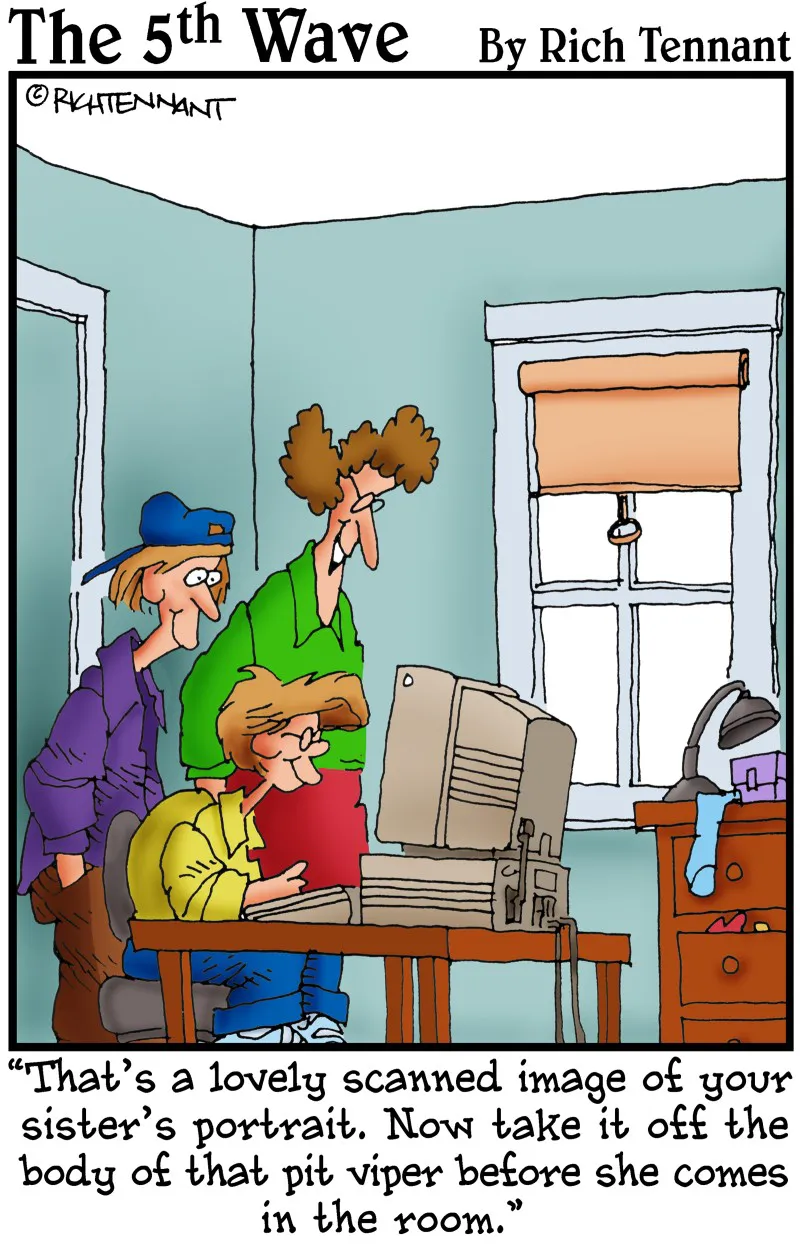
- English
- ePUB (mobile friendly)
- Available on iOS & Android
Nikon D60 For Dummies
About this book
You've decided to upgrade from your old point-and-shoot by purchasing the compact and economical Nikon D60, an SLR model without all the bulk. Now, make the most of your new digital camera by actually learning how to use all those options and settings! Take advantage of external controls and learn how to navigate the camera menus to fully customize internal options so that you can capture, share, and print photographs like a professional.
You'll find out how to understand the controls, navigate the menus, choose your settings, access internal options, and become familiar with automatic modes. You'll learn to use the Image Quality and Image Size settings, which are necessary for both automatic and manual picture-taking. Then, you can easily express your creativity by managing aperture, shutter speed, ISO, and editing your photographs on a computer. You will download photos and print them to share with your friends and family! You will find out how to:
- Master camera controls
- Use automatic and manual modes
- Change, focus, and zoom lenses
- Adjust picture quality and resolution
- Manipulate exposure and lighting
- Work with picture files
- Print and share photos
Complete with lists of ten photo-retouching tricks from repairing red eye to cropping photos and ten special-purpose features you can explore on a rainy day, Nikon D60 For Dummies is your one-stop guide to taking and sharing the pictures like a pro.
Frequently asked questions
- Essential is ideal for learners and professionals who enjoy exploring a wide range of subjects. Access the Essential Library with 800,000+ trusted titles and best-sellers across business, personal growth, and the humanities. Includes unlimited reading time and Standard Read Aloud voice.
- Complete: Perfect for advanced learners and researchers needing full, unrestricted access. Unlock 1.4M+ books across hundreds of subjects, including academic and specialized titles. The Complete Plan also includes advanced features like Premium Read Aloud and Research Assistant.
Please note we cannot support devices running on iOS 13 and Android 7 or earlier. Learn more about using the app.
Information
Part I
Fast Track to Super Snaps




1
Getting the Lay of the Land
In This Chapter










Getting Comfortable with Your Lens
Attaching a lens
Table of contents
- Title
- Contents
- Introduction
- Part I : Fast Track to Super Snaps
- 1: Getting the Lay of the Land
- 2: Taking Great Pictures, Automatically
- 3: Controlling Picture Quality and Size
- 4: Reviewing Your Photos
- Part II : Taking Creative Control
- 5: Getting Creative with Exposure and Lighting
- 6: Manipulating Focus and Color
- 7: Putting It All Together
- Part III : Working with Picture Files
- 8: Downloading, Organizing, and Archiving Your Photos
- 9: Printing and Sharing Your Photos
- Part IV : The Part of Tens
- 10: Ten Fast Photo-Retouching Tricks
- 11: Ten Special-Purpose Features to Explore on a Rainy Day
- Appendix: Firmware Notes and Menu Map